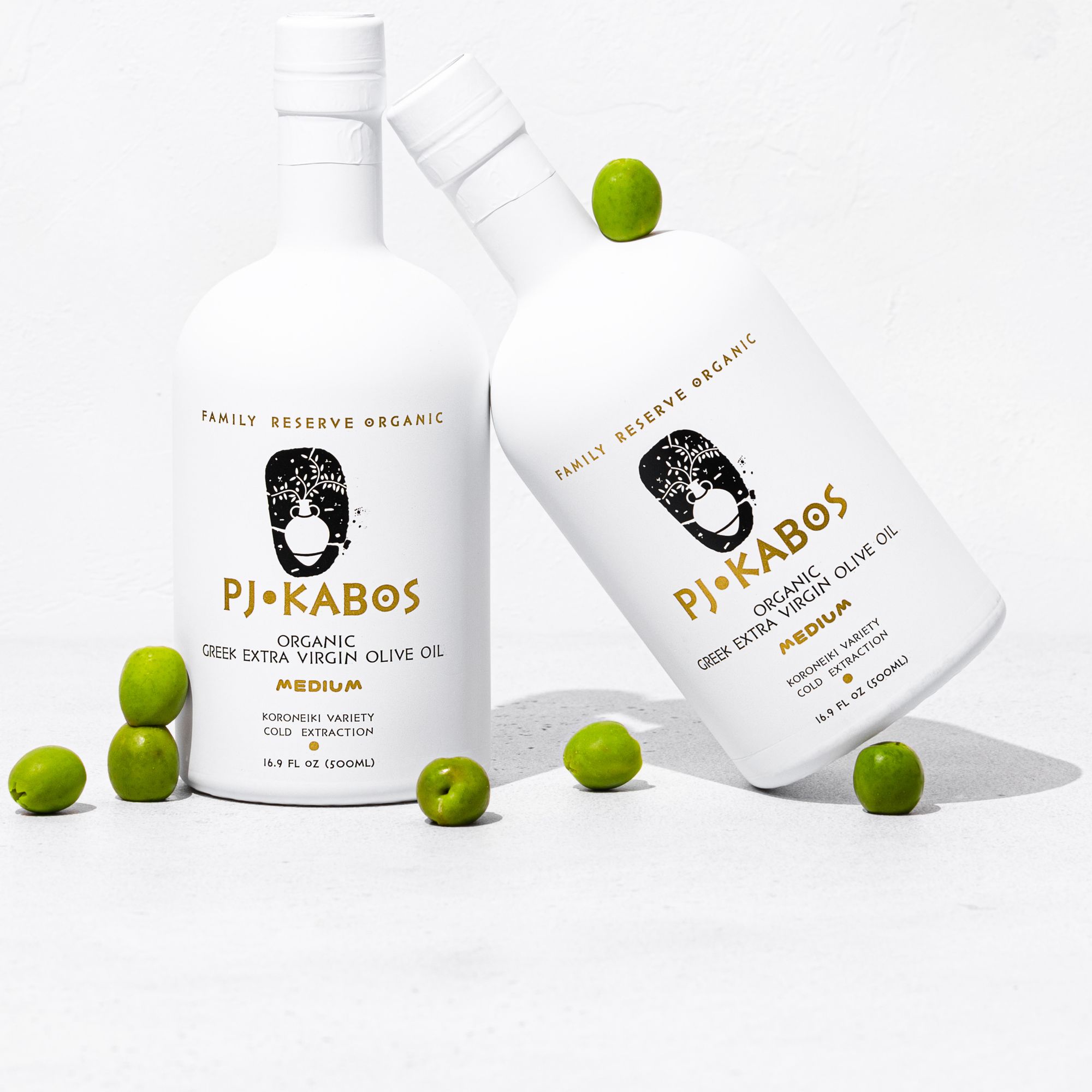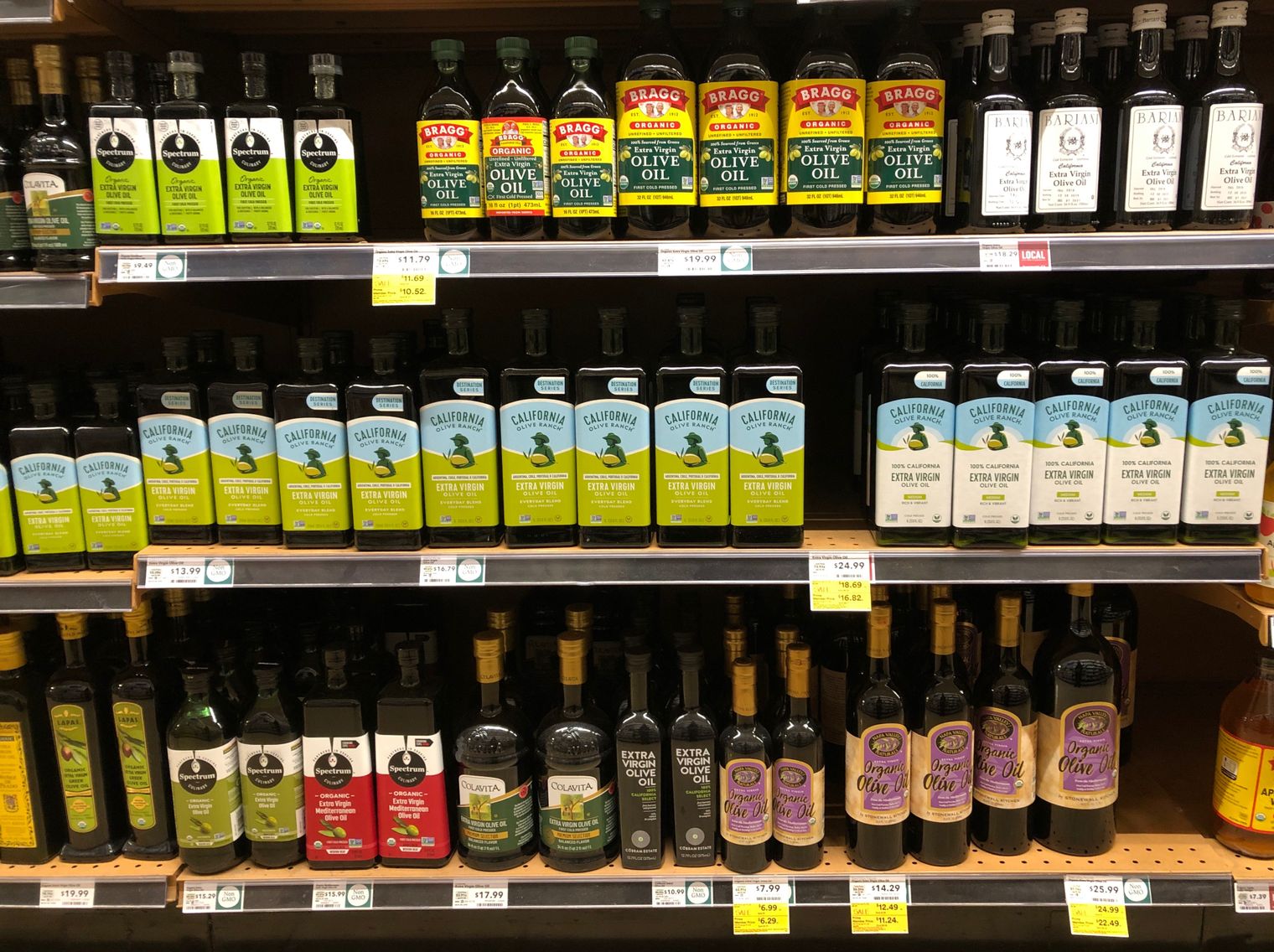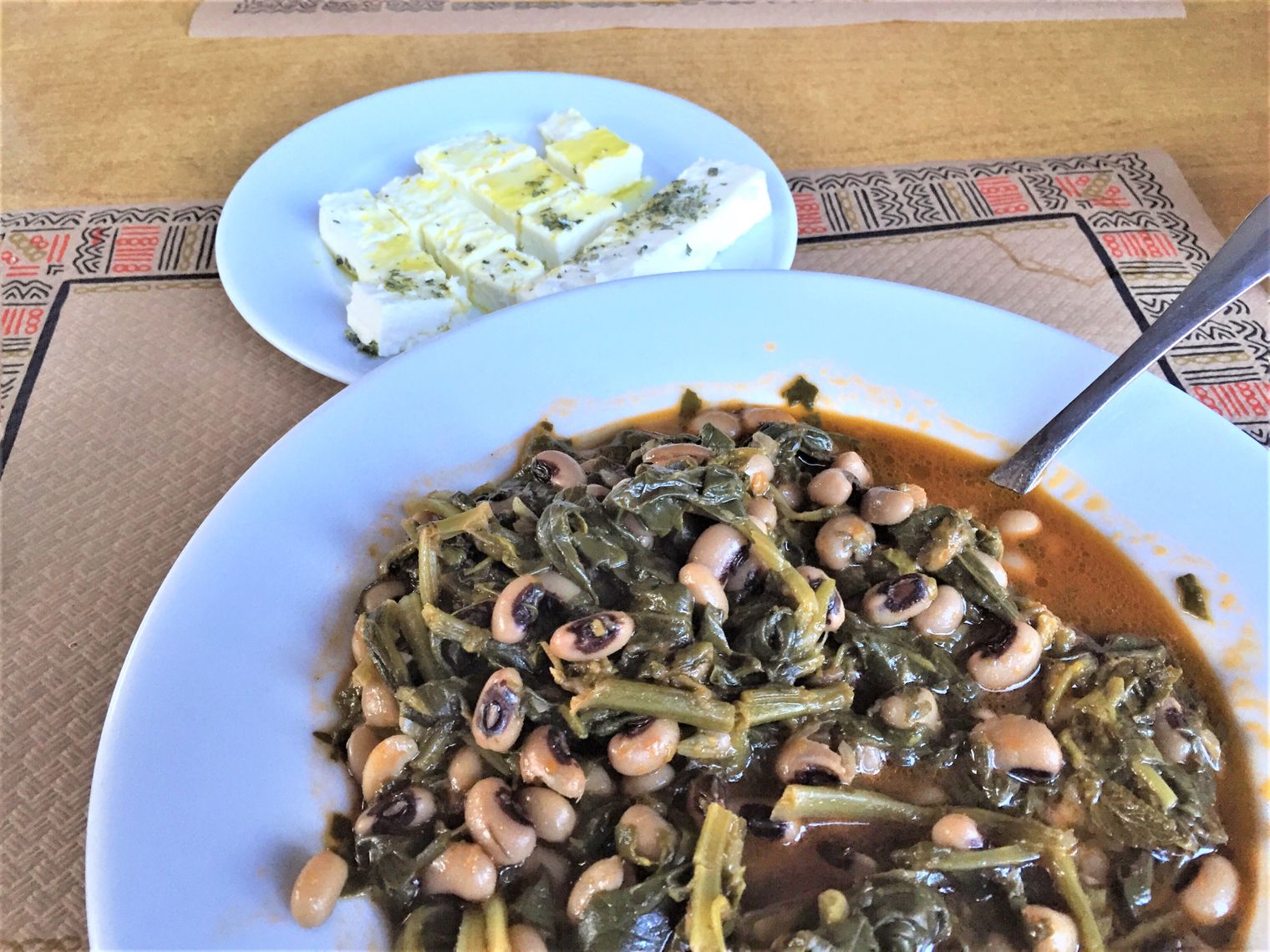California has become a battleground for transparency and accuracy in olive oil labeling, bringing to light the important issue of how olive oil quality and origin are presented to consumers. The California Assembly Bill 535 (AB 535) is at the heart of this contention. Understanding this bill is vital for consumers, olive oil producers, and anyone invested in the integrity of food labeling and quality. This article demystifies AB 535, exploring its implications and what it means for consumers.
Understanding AB 535
AB 535, introduced by Assemblymember Cecilia Aguiar-Curry, seeks to enforce stricter labeling requirements for olive oil producers in California. The bill proposes that olive oil labels must clearly and accurately represent the oil's origin and quality, ensuring that consumers are not misled by ambiguous or deceptive labeling.
The Implications of AB 535
1. Enhanced Label Transparency:
- Consumers can expect greater transparency in olive oil labeling. Clear information about the oil’s origin, production, and quality will be more readily available, aiding in more informed purchasing decisions.
2. Impact on Producers:
- Olive oil producers will be held to higher standards of transparency and accuracy in labeling. This can improve the overall quality and reliability of olive oil products on the market.
3. Protecting Consumers:
- The bill works to protect consumers from misleading information, ensuring that they get what they pay for when purchasing olive oil.
What This Means for Consumers
1. Improved Confidence in Purchases:
- Consumers can have enhanced confidence in the accuracy and truthfulness of olive oil labels, knowing that they are backed by legislative oversight.
2. Access to Quality Olive Oil:
- With clearer labeling, consumers can more easily identify and choose high-quality olive oils, reaping the maximum health and culinary benefits.
3. Promoting Ethical Consumerism:
- Consumers can make purchasing decisions aligned with their values, selecting olive oils from producers who adhere to ethical and transparent labeling practices.
The Controversy Surrounding AB 535
While AB 535 has notable benefits for consumers, it has also sparked controversy. Some argue it places undue burden on olive oil producers, especially smaller enterprises, to comply with stringent labeling standards. Others believe it is a necessary step towards upholding the integrity and quality of California’s burgeoning olive oil industry.
Conclusion
California’s fight over olive oil labeling, epitomized by AB 535, underscores the significance of clear, accurate, and transparent food labeling for the protection and empowerment of consumers. As the bill moves through legislative channels, its outcomes will undoubtedly have lasting impacts on the olive oil industry, setting precedents for labeling standards and consumer protection in the food industry at large. Understanding AB 535 and its implications is essential for consumers navigating the world of olive oil, ensuring they are equipped to make informed, discerning choices in their olive oil purchases.
PJ KABOS 'Family Reserve Organic - Medium'
High Phenolic and 2022 Gold-Award Winner.
Declared as 'One of the World's Best Olive Oils'.
Click here to shop.




